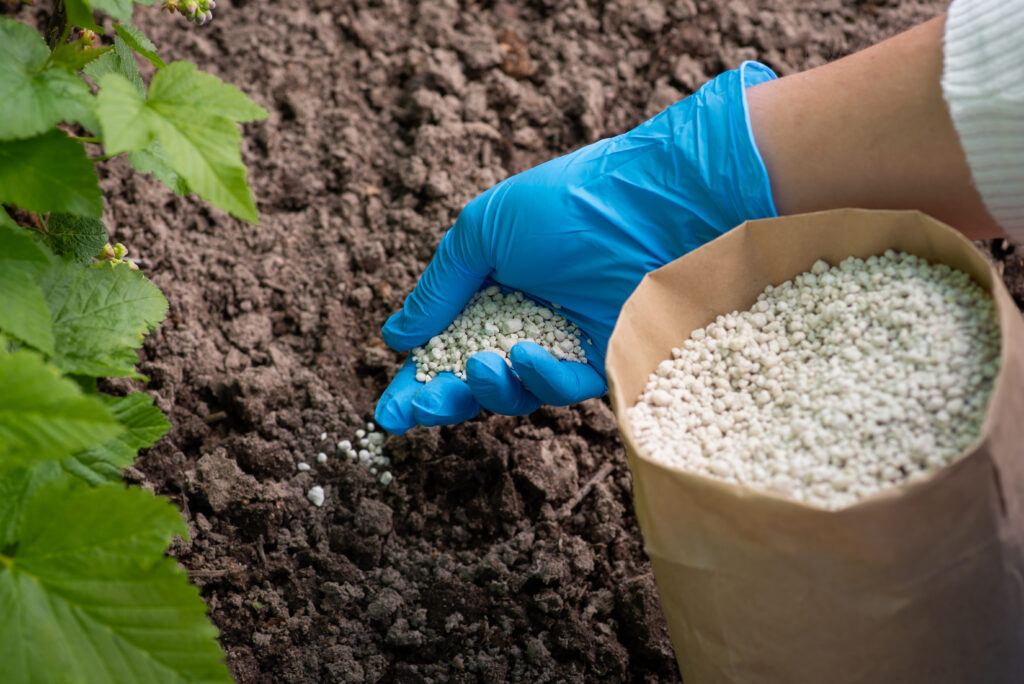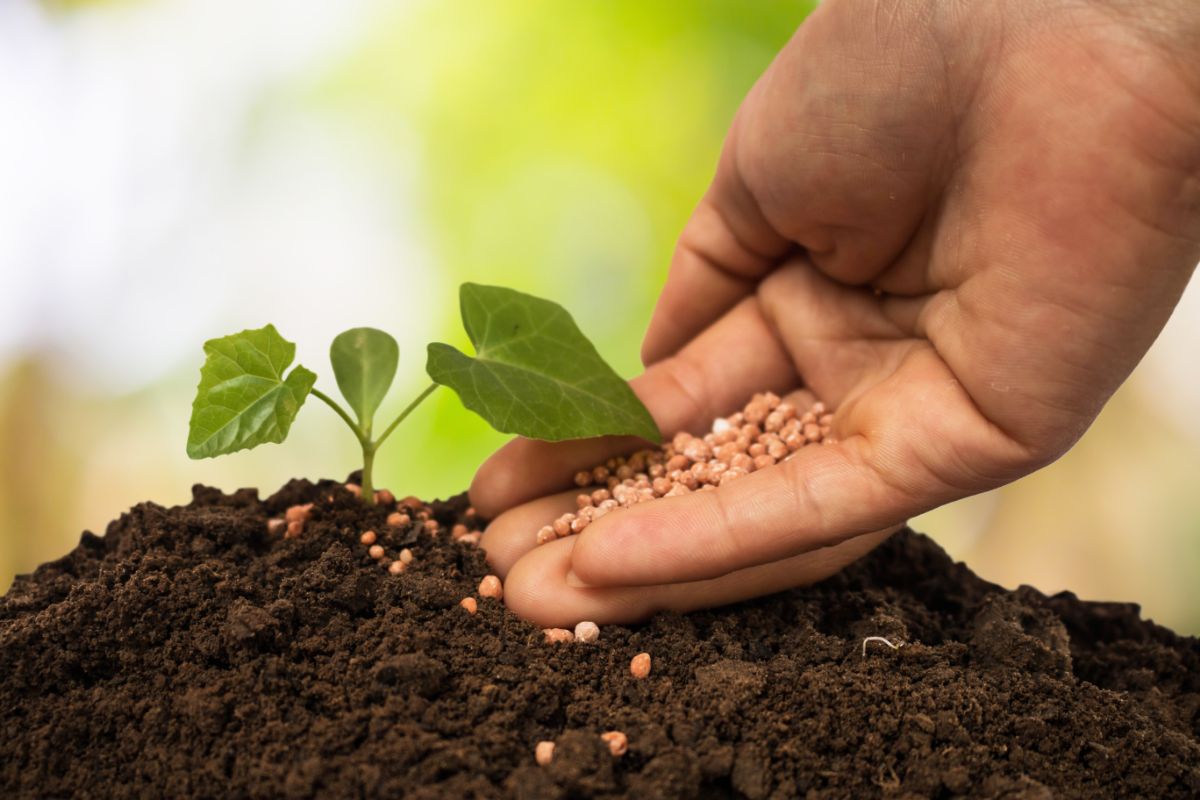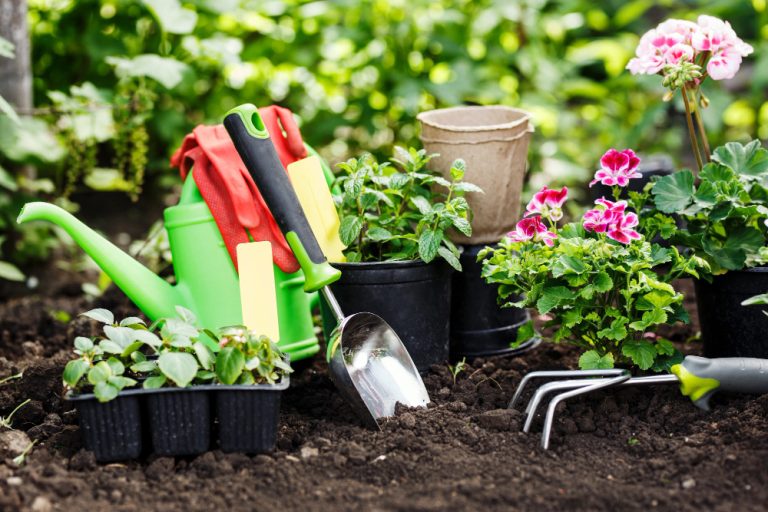In the garden, flower beds, terraces, balconies it is important not only to provide water but also nutrients with which it will be possible to obtain the best results in vegetation and flowering.
There are essentially two ways to feed our plants: fertilization using slow release fertilizers, generally granular, and fertilization with soluble fertilizers which, dissolved in water, are distributed by wetting.
The difference, in addition to the formulation, is above all in the release times, and therefore the availability of the nutrients to the plant itself.
I granular fertilizers, or also known as slow release or controlled or programmed release, are used for the purpose of gradually making available over time the elements necessary for the development of our flowers, trees and shrubs.
Precisely for this reason the ideal moment for integration into the soil is generally autumn; these are generally complex fertilizers, that is, made up of multiple nutrients, macro and microelements, in organic form, not directly and immediately soluble and assimilable by plants, but which require time to transform into the form directly assimilable by the roots, that is, soluble salts.

Another important distinction and precisely the one mentioned above between simple and complex fertilizers, that is, made up of a single nutrient or multiple elements. In this regard, we first distinguish the macroelements: nitrogen (N), phosphorus (F), potassium (P), elements, as the word itself says, necessary in large quantities for the plant, which are also the main responsible for the development of roots, leaves, flowers and fruits, and therefore for the development and growth of crops.
Then there are elements needed in smaller quantities, also called mesoelements, Magnesium (Mg), Calcium (Ca), and sulfur (S), however fundamental, and finally the microelements, also indispensable (if we can give an example like vitamins for us) but needed in very small quantities or percentages. These are Iron (Fe), Manganese (Mn), Boron (B), copper (Cu), Zinc (Zn), Molybdenum (Mo, and other minor ones.
What are the functions of macroelements? What do they act on, which parts of the plant or moments of the crop cycle?
Simplifying, we can say that nitrogen is the element that, present in different types of salts, such as nitrate ion (calcium nitrate, ammonium nitrate, potassium nitrate, and so on) has the predominant function of stimulating vegetation, the formation of leaves and foliage, phosphorus is effective especially on rooting, therefore it is recommended in the early stages of development or transplantation, together with nitrogen. Potassium, finally, acts by promoting vigor, strength and coloration of leaves and flowers; it should preferably be administered in the phase following vegetative growth, when the development of leaves and foliage is reached and a further supply of nitrogen, if excessive, would cause rapid growth, but at the same time tender and weak tissues, subject to easier wilting and more sensitive to attacks by fungal pathogens.

The most used fertilizers are complex, ternary ones (three elements: nitrogen, phosphorus and potassium), which contain all 3 macroelements and which we can use in different ratios depending on the moment of the vegetative cycle we are in: vegetation, flowering, fruiting. To find out the respective proportions of the elements, just read the label on the package, where the first number corresponds to nitrogen, the second to phosphorus and the third to potassium. Many fertilizers also contain Calcium and Magnesium, which are also listed on the package in their respective percentages.
For example, a 15:15:15 fertilizer will contain 15% nitrogen, phosphorus and potassium, just as 15:10: 25 will contain 15% nitrogen, 10 phosphorus and 25 potassium. As mentioned before, as we approach the late spring-summer phase, so after the plant has developed foliage and leaves, we will switch to fertilizers containing more potassium and less nitrogen.
In order to make better use of fertilizers, it is also good to know the form of nitrogen with which we fertilize our plants: nitric nitrogen is the immediately soluble form and therefore “with immediate effect”, ammoniacal nitrogen acts more slowly and finally ureic nitrogen. This information is also present on the packaging. The most frequent thing is the presence in both a nitrogenous and complex fertilizer of nitrogen in both nitric form (NO₃) and ammoniacal form (NH₄), for example: in a 20:20:20 fertilizer, nitrogen can be present for 4% in ammoniacal form, 5% nitric and 11% ureic.
Micronutrients are commercially available as mixtures, rarely containing the single element. An example could be the following: 0.05% water-soluble boron. 0.01% water-soluble copper 0.1% water-soluble manganese 0.005% water-soluble molybdenum, 0.016% water-soluble zinc. Other fertilizers contain all the nutrients in a mixture: macro, meso and microelements.











